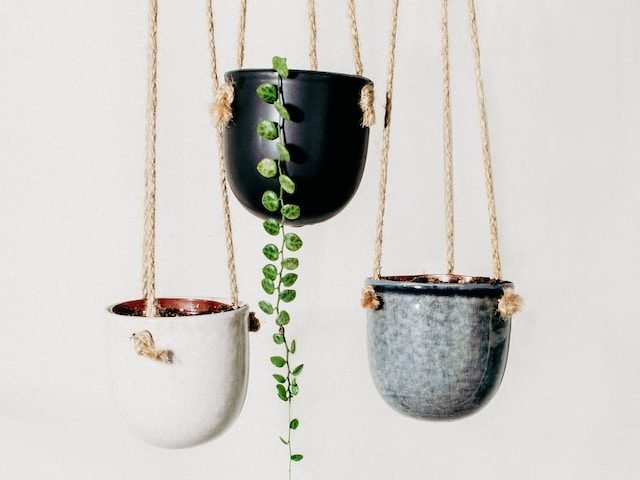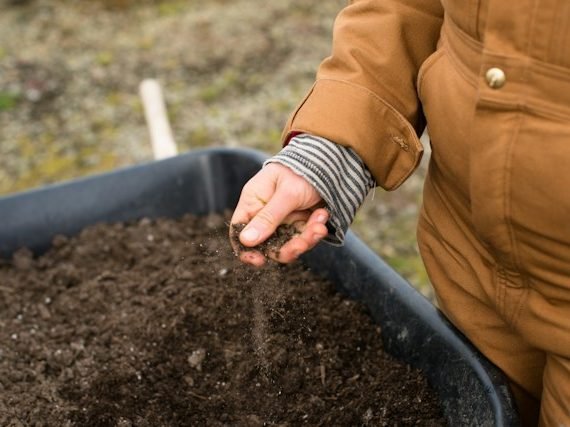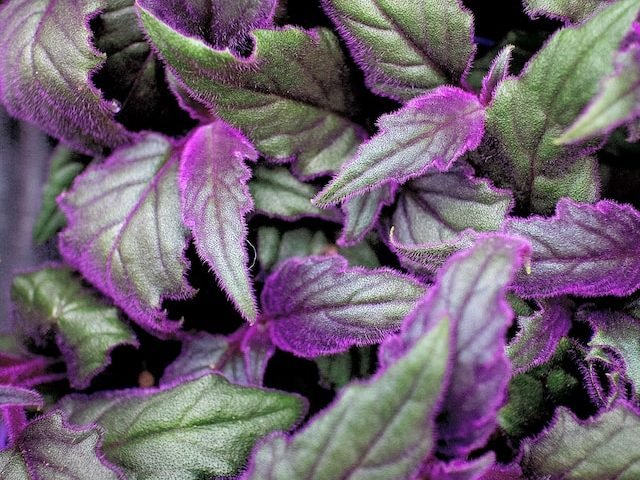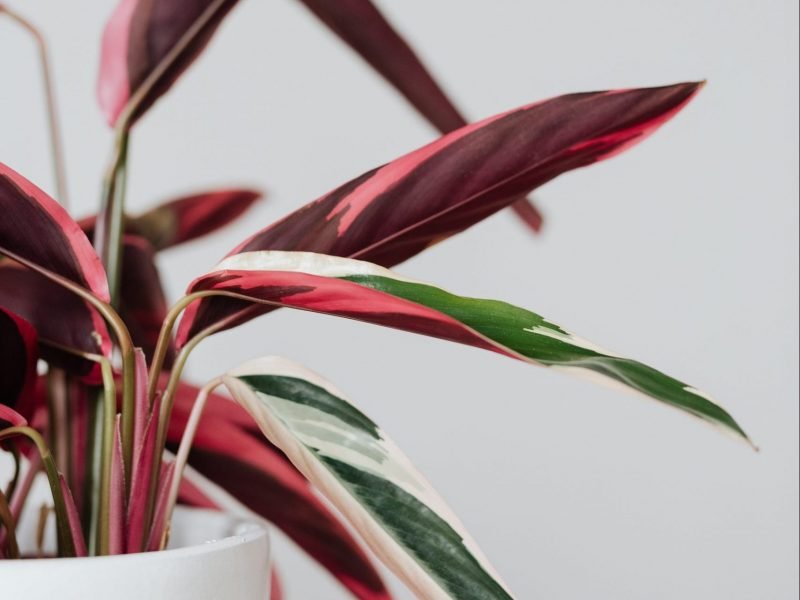
Although their name makes them sound a little ominous and dangerous, the Nerve Plant is actually a super safe and incredible plant to have around. They come in all kinds of colours and variegations but one thing that shouldn’t happen is for the leaves to turn yellow. This implies that there is something not quite right in either the care that your Nerve Plant is receiving or something to do with the environment that it is in.
Figuring out why your Nerve Plant has yellow leaves isn’t always super simple though as there are multiple causes that will lead to the same end result. To help you properly diagnose the issue we will go through each factor below so that you can properly treat the problem and prevent any more yellow leaves from developing on your Nerve Plant again.
Overwatering is the number one cause of yellow leaves
If your Nerve Plant is developing yellow patches on its leaves, the problem may be too much water. This is quite a common, if not the most common issue for Nerve Plants as a lot of damage can be done to the root system before you notice anything on the foliage.
The reason why overwatering is such an issue Nerve Plant is that it can very quickly lead to root rot as they don’t have the most hardy root system. If not caught quickly, it can mean your Nerve Plant will not be able to survive and will become droopy and limp as well as yellow.
Check the soil right away to see how much moisture is in the potting mix and if the roots have gone mushy. Replace the entire potting mix if waterlogged and trim away any rotting roots.
To avoid the problem happening again, we recommend a little and often approach to watering your Nerve Plant. Always check back 30 minutes after watering and pour away any excess water that is in the saucer or at the bottom of the planter. This will stop your Nerve Plant’s roots sitting really soggy soil and this will help to avoid more yellow leaves in future.
Lack of drainage could also be the culprit
Sometimes it may not be your watering schedule that is killing your Nerve Plant, but instead a lack of proper drainage. Luckily, there are a few really simple ways for you to increase the drainage and avoid more yellow leaves on your Nerve Plant.
Add perlite into the potting mix
You can very easily increase the amount of drainage in your Nerve Plant’s soil by mixing in some perlite. This will not only make it far easier for water to flow through and out of the drainage holes of your pots, but it also aids with aeration in the soil so it’s a win-win! You can grab some perlite from Amazon.
Ensure your Nerve Plant’s pot has drainage holes
This goes for all of your houseplants really and helps to avoid other problems not just yellow leaves. It’s very important that all of your plant pots have drainage holes so any excess water can flow out of the pot into either the planter or the saucer.
-
Although clay or terracotta pots can be a little bit more expensive, we recommend you switch out all of your plastic pots in favour of them. The clay they are made of is permeable which means that some of the water in your soil can evaporate through the sides of the pot. This really helps when you might occasionally overwater as not all of that moisture will be trapped in the soil.
Not enough sunlight can also cause yellow leaves
Whilst they can adapt to a wider range of lighting conditions than some other plants, Nerve Plants don’t grow very well in really low light areas. If your Nerve Plant isn’t getting enough light, this will cause leggy growth, stunted growth as well as yellow leaves.
Luckily, this is quite an easy one to fix so try and find a spot for your Nerve Plant that has a little bit more natural light (making sure it’s indirect as too much sunlight can also cause issues).
Too much fertiliser can cause leaf burn
Although Nerve Plant plants enjoy regular feeding during the growth period, too much fertiliser can very quickly cause scorched leaves and yellow patches across the plant. This can happen if you are fertilising too regularly, are fertilising during the dormant period of autumn and winter or are using a fertiliser at too high a concentrate.
To stop the issue from progressing any further, you want to hold off fertilising from this point forward. If you have been using fertiliser spikes, remove these from the soil. It can be a bit trickier if you have mixed fertiliser pellets into the soil so it’s best to replace the entire potting mix in this case.
Cold temperatures is another potential cause of yellow leaves
Another factor that can harm your Nerve Plant and lead to yellowing on the leaves is if your plant is exposed to cold temperatures. This is fine on the odd occasion and there is sometimes nothing we can do about that. But the problem really lies in your Nerve Plant being exposed to a constant stream of cold air which occurs mostly through drafty windows or being too close to AC vents.
We recommend investing in a digital thermometer if you don’t already have one as this will help you make sure your Nerve Plant isn’t being exposed to temperature extremes regularly.
Should I trim off the yellow leaves on my Nerve Plant?
We always recommend trimming off the worst affected leaves. If your Nerve Plant has a few leaves that only have a couple of small patches on this isn’t necessary but any leaves that have turned a solid yellow colour are worth removing. This will ensure that your Nerve Plant focuses its energy on on healthy leaves and stems rather than trying to revive dying parts of the plant.
Those are the most common reasons why your Nerve Plant is developing yellow leaves. It’s definitely a big worry for plant parents as no one wants to see yellow leaves so it’s crucial that you spot the issue early and act quickly. If the issue hasn’t spread to the whole plant then you have a good chance at solving the issue and getting your Nerve Plant back to its healthy and happy self!
Check out our Nerve Plant care guide for more info on how to best look after your plant!















